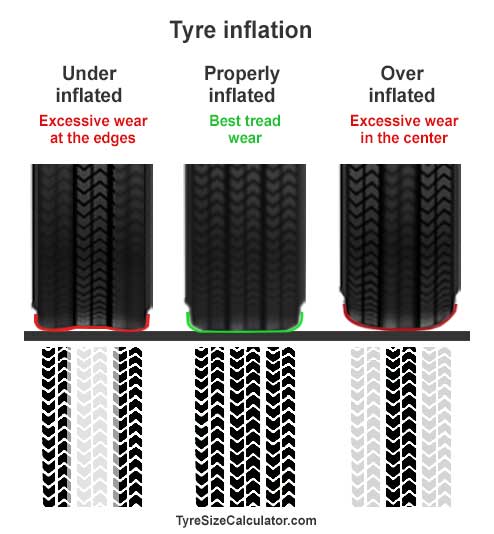So my only question is here in regard to the Pilot 4S, is that its been mentioned that the edges of the tire are optimized for cornering grip with a different compound, while the center of the tire utilize a harder compound for LRR that Tesla has specced in our tires that way you get the best of both worlds (this is also the same in all Pilot 4S, but Tesla's center patch may be harder than normal PS4S tires). Proper inflation pressure still seems to be my thoughts and following Tesla's 42 PSI number would make logical sense.

Yes, I would not probably not second guess Tesla's TP recommendations for street driving. Unclear if 42 lbs though is optimal for track work/autocross/best skidpad times. It might be, but I have no idea, and I haven't really played around with TP much on our cars to see if going higher means better grip or not. Also unclear if the Telsa version of the 4S is any different other than just the addition of acoustic foam. We run 42-44 in our cars, but I don't have enough miles on either one to confirm if that results in the expected even wear pattern. Lots of things about this car are just too new for anyone to have detailed understanding of these things.


